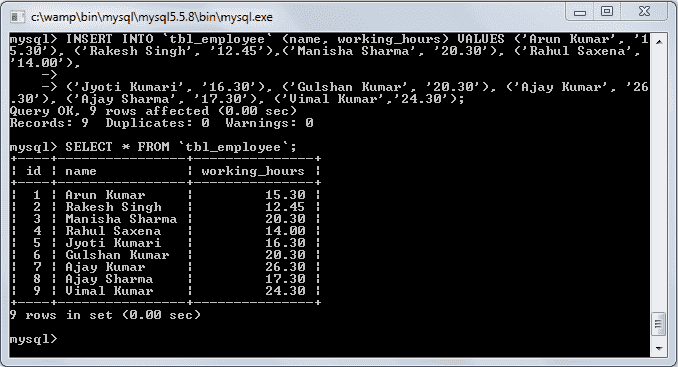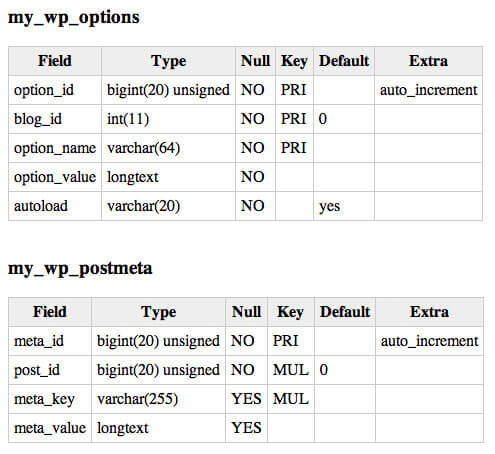


Name MinSalary MaxSalary AvgSalary EmployeesPerDeptįacilities and Maintenance 9.25 24.0385 13.0316 7 ON eph.BusinessEntityID = edh.BusinessEntityID

JOIN HumanResources.EmployeeDepartmentHistory AS edh , COUNT(edh.BusinessEntityID) OVER (PARTITION BY edh.DepartmentID) AS EmployeesPerDeptįROM HumanResources.EmployeePayHistory AS eph , AVG(Rate) OVER (PARTITION BY edh.DepartmentID) AS AvgSalary , MAX(Rate) OVER (PARTITION BY edh.DepartmentID) AS MaxSalary

, MIN(Rate) OVER (PARTITION BY edh.DepartmentID) AS MinSalary This example uses the MIN, MAX, AVG and COUNT functions with the OVER clause, to return aggregated values for each department in the AdventureWorks2022 database HumanResources.Department table. The example uses the AdventureWorks2022 database. This example shows that COUNT(*) works with other aggregate functions in the SELECT list. This example returns the total number of Adventure Works Cycles employees. This example returns the number of different titles that an Adventure Works Cycles employee can hold. Wrapping COUNT in ISNULL means any overflow error will be silently suppressed, which should be considered for correctness. When both ARITHABORT and ANSI_WARNINGS are ON, you can safely wrap COUNT call-sites in ISNULL(, 0 ) to coerce the expression's type to int NOT NULL instead of int NULL. To correctly handle these large results, use COUNT_BIG instead, which returns bigint. Otherwise, when either of ARITHABORT or ANSI_WARNINGS are ON, the query will abort and the arithmetic overflow error Msg 8115, Level 16, State 2 Arithmetic overflow error converting expression to data type int. When COUNT overflows and both the ARITHABORT and ANSI_WARNINGS options are OFF, COUNT will return NULL. When COUNT has a return value exceeding the maximum value of int (that is, 2 31-1 or 2,147,483,647), the COUNT function will fail due to an integer overflow. For more information, see Deterministic and nondeterministic functions. It is nondeterministic when used with the OVER and ORDER BY clauses. COUNT(DISTINCT *expression*) evaluates expression for each row in a group, and returns the number of unique, nonnull values.ĬOUNT is a deterministic function when used without the OVER and ORDER BY clauses.COUNT(ALL ) evaluates expression for each row in a group, and returns the number of nonnull values.This includes NULL values and duplicates. COUNT(*) with GROUP BY returns the number of rows in each group.This includes rows comprised of all- NULL values and duplicates. COUNT(*) without GROUP BY returns the cardinality (number of rows) in the resultset.Int NOT NULL when ANSI_WARNINGS is ON, however SQL Server will always treat COUNT expressions as int NULL in metadata, unless wrapped in ISNULL. See OVER clause (Transact-SQL) for more information. The order_by_clause determines the logical order of the operation. If not specified, the function treats all rows of the query result set as a single group. The partition_by_clause divides the result set produced by the FROM clause into partitions to which the COUNT function is applied. This includes rows that contain null values. COUNT(*) returns the number of rows in a specified table, and it preserves duplicate rows. COUNT(*) doesn't require an expression parameter because by definition, it doesn't use information about any particular column. COUNT(*) takes no parameters and doesn't support the use of DISTINCT. Specifies that COUNT should count all rows to determine the total table row count to return. COUNT doesn't support aggregate functions or subqueries in an expression. expressionĪn expression of any type, except image, ntext, or text. Specifies that COUNT returns the number of unique nonnull values. Arguments ALLĪpplies the aggregate function to all values. To view Transact-SQL syntax for SQL Server 2014 and earlier, see Previous versions documentation.


 0 kommentar(er)
0 kommentar(er)
